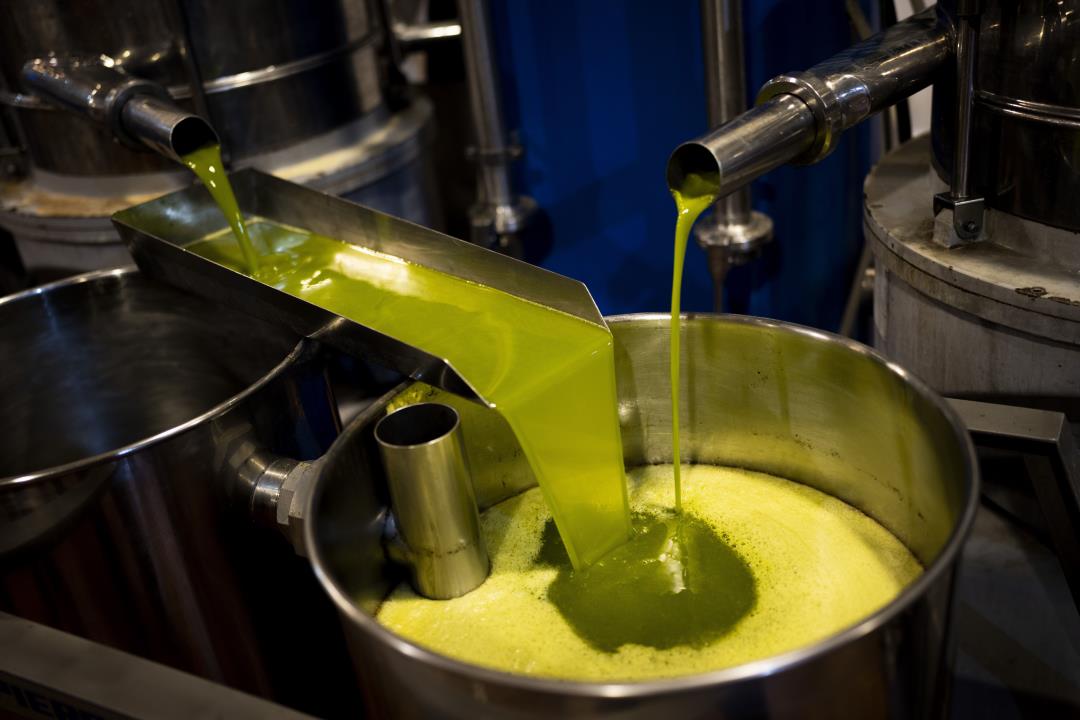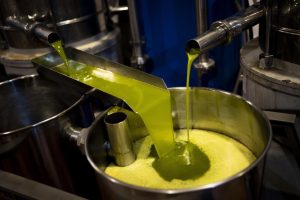- 28 June 2024
- 355
Soaring Oil Prices Hurt Sales of Liquid Gold Mediterranean

Olive oil, often referred to as ‘liquid gold’, holds a revered place in the culinary traditions of the Mediterranean region. For centuries, it has been an essential ingredient in the diets of countries like Italy, Spain, and Greece. However, recent years have seen a dramatic rise in olive oil prices, which has begun to significantly impact its sales. This article delves into the factors driving the increase in olive oil prices, the resulting effects on sales in the Mediterranean heartland, and a comparative analysis of the situation across key countries.
Factors Driving the Increase in Olive Oil Prices
1. Climate Change
Climate change has had a profound effect on olive cultivation. Rising temperatures, unpredictable rainfall, and extreme weather events have negatively impacted olive yields. For instance, prolonged droughts in Spain and Greece have led to reduced olive harvests, which in turn drives up prices.
2. Supply Chain Disruptions
The global supply chain for olive oil has faced significant disruptions, exacerbated by geopolitical tensions and the COVID-19 pandemic. Transportation delays, increased shipping costs, and logistical challenges have all contributed to higher prices.
3. Rising Production Costs
The cost of producing olive oil has surged due to increased labor costs, higher energy prices, and the rising cost of agricultural inputs such as fertilizers and pesticides. These higher production costs are inevitably passed on to consumers.
Impact on Olive Oil Sales in the Mediterranean Heartland
1. Reduced Consumer Purchases
As prices soar, many consumers in Mediterranean countries are buying less olive oil. Traditional households, where olive oil was once a staple, are reducing their consumption or seeking more affordable alternatives.
2. Shift in Consumption Patterns
There has been a noticeable shift in consumption patterns. Consumers are increasingly turning to lower-cost vegetable oils or diluted olive oil products. This change reflects both the economic strain on household budgets and a growing trend towards budget-conscious shopping.
3. Economic Impact on Local Farmers
Local olive farmers are facing financial difficulties due to the increased cost of production and lower sales volumes. Many small-scale producers struggle to compete with larger, industrial-scale operations that can absorb the higher costs more effectively.
Comparative Analysis of Olive Oil Price Trends
The following table provides a comparative analysis of olive oil price trends and their impact across key Mediterranean countries:
| Country | Average Olive Oil Price (per liter) | Year-on-Year Price Increase (%) | Consumer Purchasing Trends | Local Production Impact |
|---|---|---|---|---|
| Spain | €5.50 | 15% | Decreased; shift to alternative oils | Reduced yields; increased costs |
| Italy | €6.00 | 12% | Decreased; rise in cheaper alternatives | Struggling small producers |
| Greece | €5.80 | 18% | Decreased; lower consumption | Financial strain on farmers |
| Turkey | €4.50 | 10% | Stable; slight increase in local sales | Moderate impact |
| Tunisia | €4.00 | 8% | Stable; less impact on consumption | Better adaptation |
In-Depth Country-Specific Analysis
Spain
Spain, the world’s largest olive oil producer, has experienced the most significant price increases. The country’s olive oil industry is heavily impacted by severe droughts and higher production costs. The reduced harvests have led to a substantial increase in prices, which has in turn caused a decline in domestic consumption. Small producers are particularly affected, as they struggle to compete with larger producers who can better absorb the cost increases.
Italy
In Italy, olive oil is integral to the culinary identity, and the price hikes have been felt acutely. While Italy has managed to maintain some level of consumption, there is a marked shift towards lower-cost alternatives. The rise in olive oil prices has strained household budgets, and local producers face challenges due to both increased costs and fluctuating yields.
Greece
Greece, with its rich olive-growing heritage, is facing a significant crisis. The combination of rising production costs and decreased yields has pushed prices higher, impacting domestic sales. Greek consumers are buying less olive oil, and many are switching to other cooking oils. The economic strain on local farmers is particularly severe, affecting their livelihoods and the overall industry sustainability.
Turkey
Turkey, while not as severely impacted as Spain or Italy, has seen a moderate rise in olive oil prices. The country has managed to stabilize its domestic market somewhat due to lower production costs and a more resilient supply chain. However, the trend is concerning and could impact future consumption patterns if prices continue to rise.
Tunisia
Tunisia has faced relatively minor price increases compared to its Mediterranean neighbors. The country’s olive oil production remains relatively stable, and local consumption has not been significantly affected. Tunisia’s adaptability and efficient production practices have helped mitigate the impacts of rising prices.
Analysis Table
| Factor | Description | Impact on Prices |
|---|---|---|
| Climate Change | Unpredictable weather patterns affecting yields | Significant increase |
| Supply Chain Disruptions | Logistical issues and increased shipping costs | Moderate to significant |
| Rising Production Costs | Higher costs for labor, energy, and inputs | Significant increase |
| Geopolitical Tensions | Impact on global trade and supply chains | Variable |
Comparative Table
| Country | Average Olive Oil Price (per liter) | Year-on-Year Price Increase (%) | Major Challenges | Consumer Response |
|---|---|---|---|---|
| Spain | €5.50 | 15% | Drought, high production costs | Reduced consumption, alternative oils |
| Italy | €6.00 | 12% | Increased costs, lower yields | Shift to cheaper alternatives |
| Greece | €5.80 | 18% | Reduced yields, financial strain | Decreased consumption |
| Turkey | €4.50 | 10% | Moderate production challenges | Stable consumption |
| Tunisia | €4.00 | 8% | Minimal impact | Stable consumption |
This detailed examination underscores the complex dynamics influencing olive oil prices and highlights the varying impacts on the Mediterranean region. The industry must navigate these challenges carefully to sustain both production and consumption of this vital commodity.
Conclusion
The soaring prices of olive oil, driven by climate change, supply chain disruptions, and rising production costs, have had a profound effect on sales across the Mediterranean heartland. Consumers are buying less, shifting to alternatives, and local producers are facing increased financial strain. The comparative analysis reveals varying impacts across different countries, with Spain and Greece experiencing the most severe effects, while Turkey and Tunisia show more resilience.
Addressing these challenges will require coordinated efforts across the industry, including investment in sustainable agricultural practices, improvements in supply chain management, and support for local farmers. The future of olive oil in the Mediterranean will depend on the ability of stakeholders to adapt to these evolving conditions while preserving the cultural and culinary significance of this treasured commodity.


